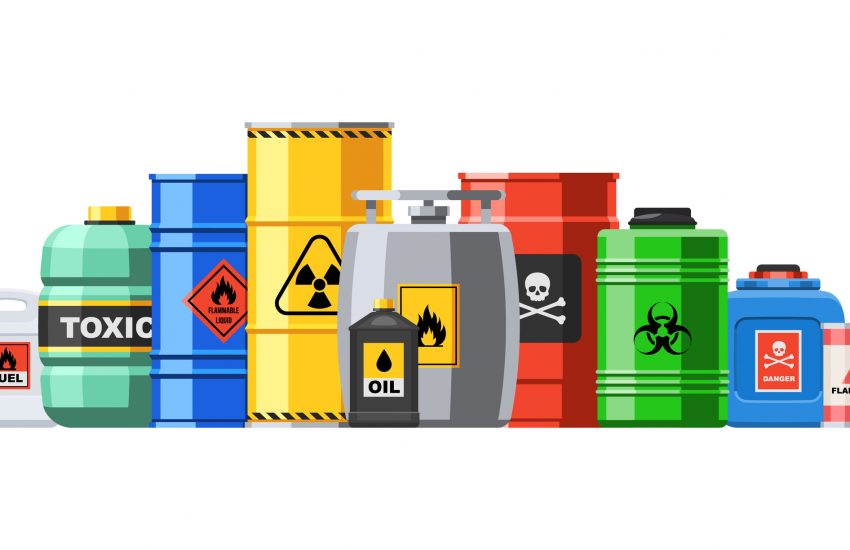On July 28, 2022, the Environmental protection Agency (“EPA”) released its preliminary 2021 Toxics Release Inventory (“TRI”). The purpose of the TRI is to give the public critical information regarding chemical releases, waste management, and pollution prevention undertaken at both federal and industrial facilities in the United States.
The TRI program was created by Congress in 1986 as part of the Emergency Planning and Community Right to Know Act. Chemicals that are covered by the program include those that have adverse health or environmental effects. The data produced in this report includes information about more than 20,000 facilities across the United States. The federal regulations require that all facilities report if any chemicals listed were either released into the environment or otherwise disposed of as waste.
The 2021 TRI includes, for only the second time in the history of its reporting, information about certain per-and polyfluoroalkyl substances (“PFAS.”) These chemicals were added to the program in 2020 and were codified at 40 C.F.R. pt. 372 in 2020 and 2021. The 2020 program added 175 different chemicals to its program. An additional 4 chemicals were added in 2021.
Even though these reporting requirements are mandatory, facilities can apply for exemptions to the reporting. Per the EPA’s own regulations, these exemptions apply to PFAS. For example, the first exemption – the alternate threshold exemption – allows facilities to avoid reporting if they certify that the annual reportable release for such chemical is under 500 pounds;even if the facility uses up to 1,000,000 pounds of the chemical a year. This exemption was created in 1994. (40 C.F.R. Sec. 372.27.) The second exemption is the so called de minimus exception and was established by the EPA much earlier – in 1988. It allows facilities to avoid reporting if the chemical in question is less than 1% of a mixture for almost all PFAS, except for perfluorooctanoic acid which is set at .01%. (40 C.F.R. Sec. 372.38(a).)
When congress added PFAS to the TRI reporting, the threshold for reporting these chemicals was set at 100 pounds. (15 U.S.C. Sec. 8921(b)(2)(A), (c)(2)(A). However, it seems the de minimus exception applies, regardless of the total volume of the mixture that is manufactured and regardless of how much is released into the environment.
Several entities claim that the EPA’s requirements are inadequate to inform communities about the use of PFAS. The EPA maintains that its regulations were established as a ministerial implementation of the 2020 NDAA’s clear directive. Because the regulations (including the application of the exemptions) were ministerial, no public hearings were necessary.
In addition to its published preliminary 2021 TRI, the EPA announced it had conducted an outreach to facilities who filed Chemical Data Reporting for PFAS chemicals, but not TRI reports for the same PFAS. All facilities contacted cited the de minimis exemption as the reason for not producing TRI reports. In response to this finding, the EPA announced plans to enhance the PFAS reporting under the TRI. This enhancement would remove the de minimus exception for PFAS. The elimination of this exemption – if it is finalized – will require more facilities to report. We will report more if and when the EPA’s enhanced reporting requirements are finalized.

